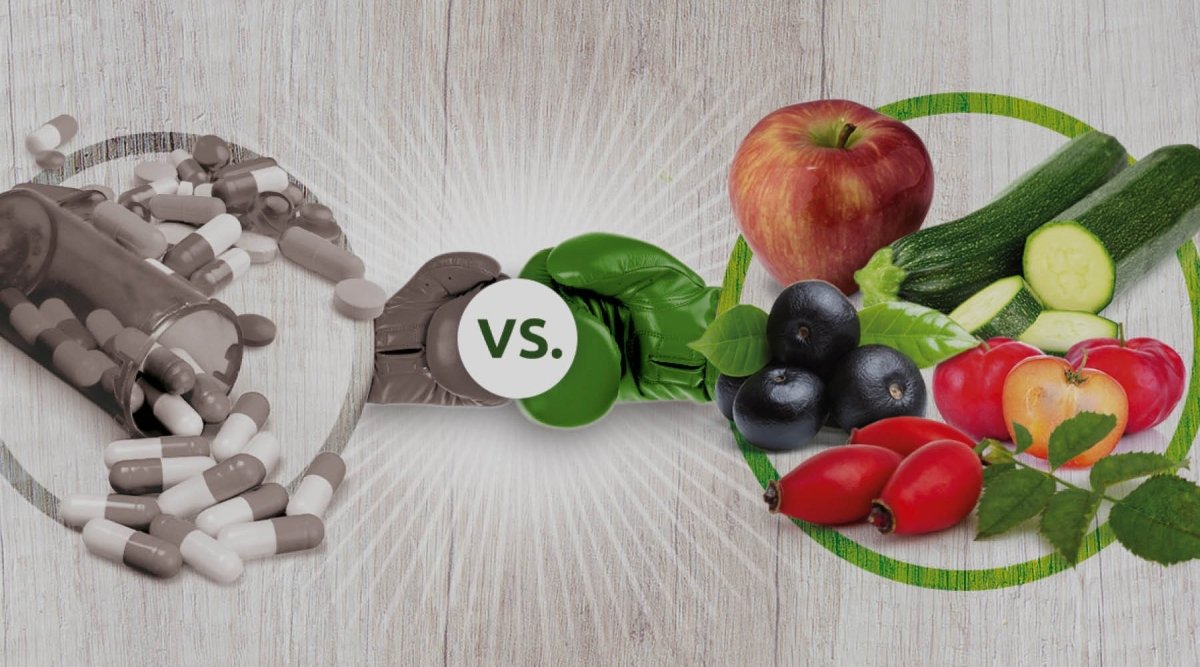The viral disease, also known as pseudowut, can be transmitted to both dogs and cats and always ends in death. Attempts to cure it are pointless. Prophylaxis in the form of a vaccination is also not possible. So that you can continue to enjoy walks in the forest with your four-legged friend, it is important to stay on the forest paths, inform yourself about the disease and observe the following rules.
Aujeszky's disease dog: deadly viral disease
The causative agent of the viral disease is the Suide Herpesvirus 1 (SHV-1), which belongs to the Herpesviridae family. The disease is also known as pseudowut, pseudorabies or rabies. It is a worldwide notifiable viral disease of pigs, which are also considered the main host. The economic damage that the virus has already caused in fattening pig farming is devastating. The disease is therefore one of the most feared diseases in domestic pig herds. While the virus is harmless to humans, Aujeszky's disease is fatal for dogs and cats, but also for cattle and sheep. There is no treatment or vaccine available. The course of the disease is similar to rabies and includes paralysis of the central nervous system, convulsions and alternating episodes of apathy and aggression. The animals refuse to eat, vomit, often have difficulty swallowing and lose body control. The most striking feature is the massive itching with a tendency to self-mutilation. After the outbreak, it leads to a painful death within about two days.
Wild boar transmit pseudo rage
Wild boar are the main carriers of the disease. Thanks to a consistent control program, vaccinations and strict food controls, Germany's domestic pigs have been completely free of the disease since 2003. Unfortunately, the situation is different for wild boar in our forests. While the disease is associated with a high mortality rate in young wild boar, the disease is often inconspicuous in adult animals and recovery only takes a few days. Similar to human herpes viruses, Aujeszky's disease can be latent in a sow. Under stress, the virus can be activated and excreted. The virus is not visible on the outside of the pigs, so every animal that is shot or found dead is a potential danger to the dog.
Aujeszky's disease: be careful with raw wild boar meat & secretions
Infection with the disease occurs through ingestion. However, the herpes virus is not only present in the meat, but also in the mucous membranes of the mouth and nose. A dog can become infected with the deadly disease through contact with saliva, blood or secretions. The virus is able to survive in cold temperatures. It is active in muscle meat and bones at -18°C for up to 36 days and in cured meat for up to 20 days. Raw wild boar meat should therefore be avoided at all costs. Extreme UV rays and high temperatures, on the other hand, cause the virus to die off more quickly. The virus is killed at around 60°C. This means that there is no danger with cooked game. Other forest dwellers, especially hedgehogs, martens, small rodents, foxes and badgers as well as raccoons are susceptible to the virus, but tend to go 'blind' as they do not become virus carriers. In foxes, the course of the disease is always acute and fatal within 24 hours. Humans are not affected by the risk of infection.
Pseudowut: Simply prevent infection
Despite the sad deaths of hunting dogs from Aujeszky's disease, the cases are quite rare and mainly affect hunting dogs. Nevertheless, an increasing population of wild boar can increase the risk for the dogs. And the current increase in the number of reported cases shows that caution is required. But don't panic! Of course, you can continue to enjoy walks in the woods with your four-legged friend, but the following tips should be observed:
- Keep dogs on forest paths and avoid direct contact with wild boar
- Keep your distance from dead animals
- Keep dogs away from baiting areas and feeding stations - Avoid eating raw wild boar meat
- Avoid ingesting wild boar saliva, secretions and blood (guides should be particularly careful)
- the Animal Disease Information System (TSIS) of the Friedrich-Löffler-Institute provides information on areas currently at risk
If you follow these instructions, you can minimize the risk of infection as a dog owner.
Aujeszky's disease: feeding pork a risk?
Finally, we would just like to give you something to think about: Even though the last official case of Aujeszky's in domestic pigs in Germany was more than 10 years ago, the feeding of raw pork to dogs and cats should be reconsidered. A trustworthy butcher may consider feeding raw pork as part of an exclusion diet. Imported products such as those from China or the Eastern Bloc, on the other hand, should not be fed raw.





